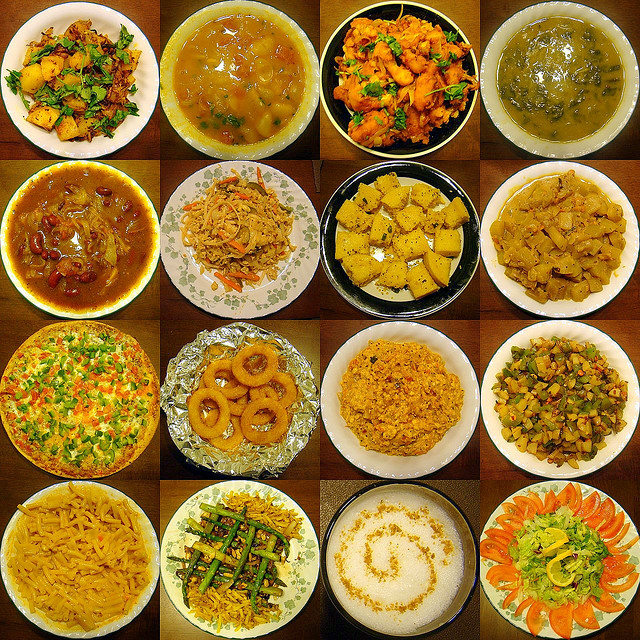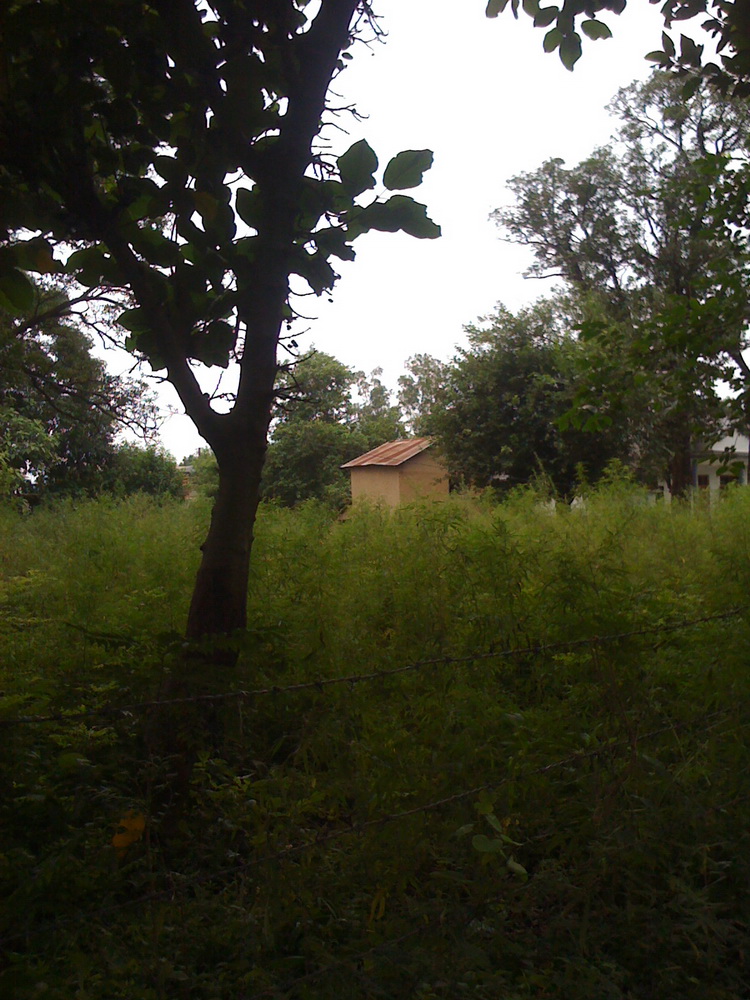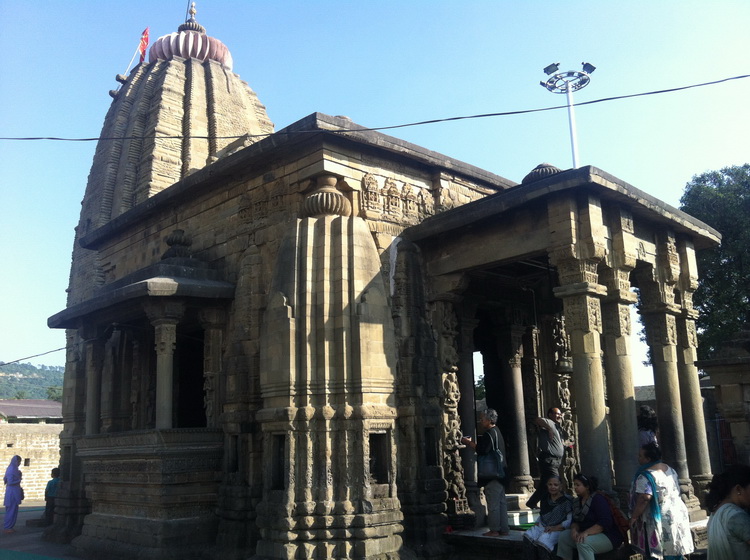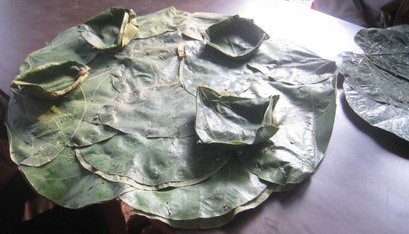CUISINE OF INDIA
Indian cuisine has been influenced by a 5000-year history of various groups and cultures interacting with the subcontinent, leading to the diversity of flavours and regional cuisines found in modern-day India.
Indian religions and cultural habits have shaped the development of these cuisines, just as it has evolved as a result of the subcontinent’s cultural interactions with other societies. Indian cuisine has also shaped the history of international food; the spice trade between India and Europe is often cited as the primary catalyst for Europe’s Age of Discovery. Indian cuisine has influenced other cuisines across the world, especially those from Southeast Asia, the British Isles and the Caribbean. Today, the cuisine of India encompasses a variety of regional alternatives making use of local spices, herbs, vegetables, and fruits in the everyday kitchen.
The staple foods of Indian cuisine include pearl millet (bajra), rice, whole-wheat flour (atta), and a variety of pulses, especially red lentils (masoor), Bengal gram (chana), pigeon pea or yellow gram (toor), black gram (urad) and green gram (hari moong). Pulses may be used whole or de husked – for example, dhuli moong or dhuli urad – or split. Split pulses, or dal, are also used extensively. Some pulses, such as channa and moong, are also processed into flour (besan).
ABOUT HIMACHAL PRADESH
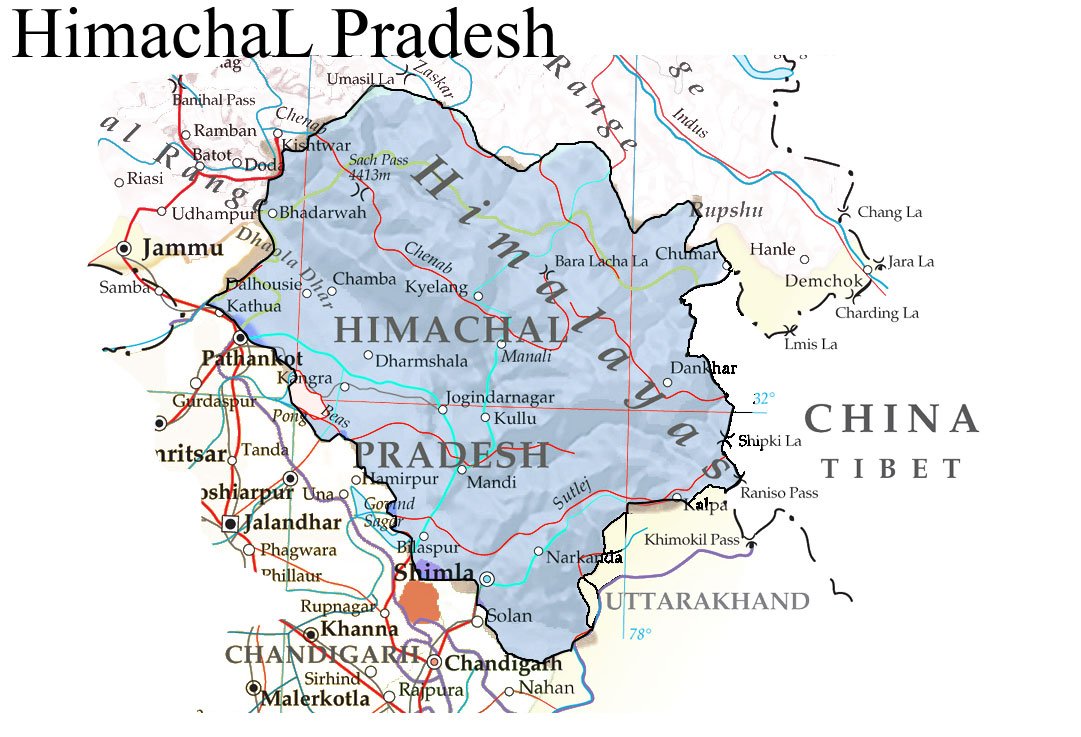 ‘Hima’ means snow in Sanskrit, and the literal meaning of ‘Himachal Pradesh’ in India is that of a state in the lap of the Himalayas, or the abode of snow.Himachal was one of the few states that had remained untouched by external customs, largely due to its difficult terrain. Five perennial rivers Sutlej, Beas, Ravi, Chenab and Yamuna flow through its territory.
‘Hima’ means snow in Sanskrit, and the literal meaning of ‘Himachal Pradesh’ in India is that of a state in the lap of the Himalayas, or the abode of snow.Himachal was one of the few states that had remained untouched by external customs, largely due to its difficult terrain. Five perennial rivers Sutlej, Beas, Ravi, Chenab and Yamuna flow through its territory.
However with technological advancements, the state has changed very rapidly. Himachal Pradesh is a multi-religional, multicultural as well as multilingual state like other Indian states. Some of the most commonly spoken languages include Hindi, Punjabi, Pahari (such as Dogri and Kangri/Sudi), Mandeali and Kinnauri. The Hindu communities residing in Himachal include the Brahmins, Rajputs, Kannets, Rathis and Kolis. There is also tribal population in the state which mainly comprises of Gujjar ,Gaddis, Kinnauras, Pangawals and Lahaulas
KNOWING KANGRA
The Kangra valley is one of the most picturesque valleys of lower Himalyas. The valley, sheltered by the sublime Dhauladhar range, is green and luxuriant. It provides a tremendous contrast in nature of places to be visited. Kangra town situated at the confluence of the Baner and Majhi streams is famous for temples and forts. Dharamshala is full of Buddhist air whereas ancient Hindu Temples like Brajeshwari, Baijnath, Jwalamukhi and Chamunda Devi dot the country side.
The history of the Kangra valley dates back to the Vedic times more than 3500 yrs. ago. The area was exposed to successive invasions, the last being the British domination over the princes of the hill states. Despite the onslaughts and political upheavels, the arts and crafts of the region continued to develop and found lyrical expressions. Crafts like the exquisitely designed shawls and miniature paintings of this region are internationally appreciated.
Kangra Town , Himachal Pradesh
Over looking the Ban Ganga torrent, Kangra town is famous for its temples. Notable is the shrine dedicated to goddess Brijeshwari. Kangra is steeped in history and its ruined fort – Nagarkot, stands as testimony to its glorious past. The town was attacked by Mohammed Ghaznavi and subjugated by Emperor Feroz Tuglak and Maharaja Rant Singh. Earlier, Kangra was the capital of the great hill state, its renowned ruler being Maharaja Sansar Chand Katoch, a great patron of arts. The Miniature and Rajpur Schools of hill paintings flourished during his reign.
GLORY OF THE SUDS
The Soods or Suds are originally, a Rajput community now settled in the Kangra region of Himachal Pradesh and parts of Punjab. The word “Sood or Sud” is of Sanskrit origin and stands for “Victor of Enemies” and the community continue to live & enjoy life with the same courageous attitude, passion & glory.
There is also the tradition, that as a result of the Yagya performed near Mount Abu, four Kashatriyas were born, From the sacred fire, four figures issued forth. They were named as Parmar, Parihar, Solanki and Chauhan. When Ashok – the Great – embraced Budhism, after the great battle of Kalinga, this faith gained popularity all over India. Perturbed by this state of affairs, Brahmin Rishis arranged a big Yagya in Brahm Kund at the top of Abu Parbat. Hence these kshatriyas came into being, in order to establish on the ancient glory of Hindu Dharam . The second son born to Parmar was named Sood and the community consequently bears that name.
Alexander’s invasion, after his entry into India and after defeating Porus, was stopped at the banks of River Beas by Rai Shah Sood, king of Alwara. The army of Alexander, so far invincible received stout resistance against the Sood forces and despite his best persuasions, his soldiers declined to fight. There are express references in “Tabkate Sikandri”. This event is recorded in Alexander’s memoirs at page 261 as follows : “After defeating Porus (Puroo) when I reached the banks of river Beas, the forces of Rai Shah Sood, King of Alwara, were ready to give us a fight. The prestige of King of Alwara is in no way lesser than that of Emperor of Kanauj. The ruling dynasties of India are the descendants of Sun and the Moon-Suriya Vanshi and Chandra Vanshi ; but these Soods are said to have been born out of burning fire. Sood kings are very true to their word and every soldier of my army is all praise for them”.
The strength of the Soods much dwindled by constant fights and soon they had to leave Amarkot again. They then scattered in different parts of Sindh, Marwar and Rajasthan.
Soods then adopted whatever profession they could earn to their living. Some took to agriculture, money lending and estate management. By this time, the Moghul rule was on its last legs and the British arrived in India. In various books Soods are entitled Kshatriya as they have been a defender for there country INDIA
Jallianwala Bagh episode in 1919 cannot go unrecorded, since it was Dr. Gurubux Rai Sood who presided over the meeting, since he was the chief organizer. The British massacre by General Dawyer took place and many Soods lost their lives. The partition of India in 1947 saw another displacement of Soods.
KANGRA CUISINE
Pahari food is a little known cuisine that can be traced back to Himachal Pradesh. The food of Kangra, like its culture, is – homely, rich and intense.
There is a a wide variety of foods in this region and it is all delicious. The original innovators of food in the Kangra region are a community of Brahmin cooks called bawarchis, commissioned to cook at weddings and special occasions. As per tradition, every village had a bawarchi or boti, who at the end of the year, would be rewarded with a bagful of wheat. Over the years, the community has created a standard repertoire that can be made only at a function. The preparation for such meals begins a day before because a lot of it involves slow cooking over low heat, and elaborate preparations, while some others are wonderful in their simplicity. More importantly, there is a delicacy for every occasion, each boasting of a distinctive style of cooking to go with the extensive repertoire.
Amongst festive food, the traditional meal, Dham(Lunch served in traditional marriages of Himachal Pradesh) finds instant mention. Dham is prepared by botis only who are Brahmin chefs and have been in this profession for generations. The utensils used for cooking the food are normally copper ones. The preparations for Dham begin a night before, and when ready, it is served in courses to people who sit on floor. Pattals or leaf plates are utilized to serve the food. And as for the dishes themselves, they include rice, Madra (Sepu badi/Mukund badi, Rajmah etc), Palda (a curd based dish or curry), mustard based raita, pulses and Meethe chawal (sweet rice) or Mithdee (made of boondi, Bread crumbs etc)

